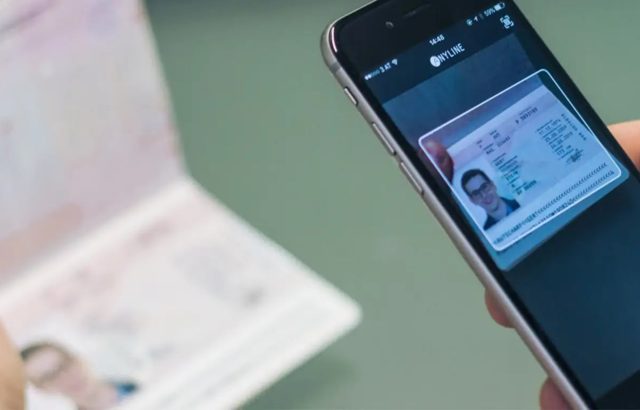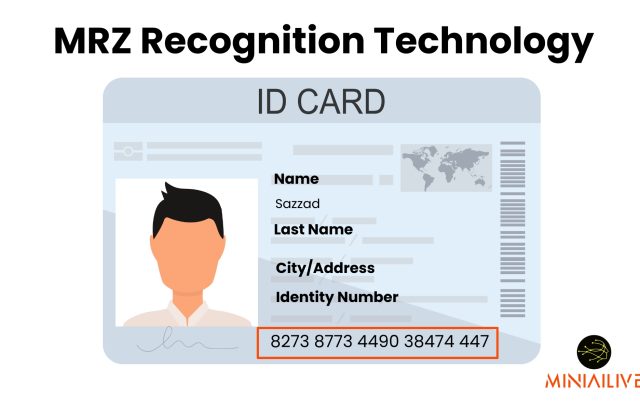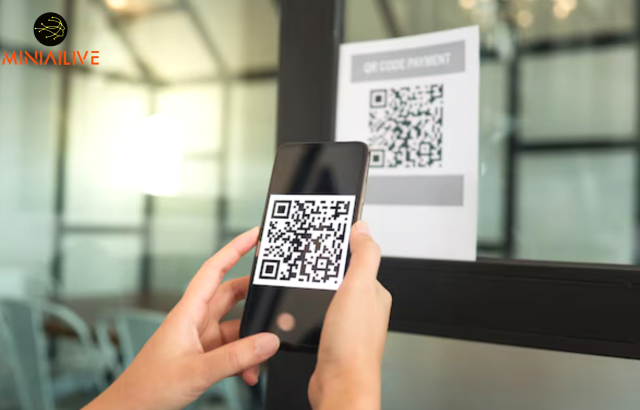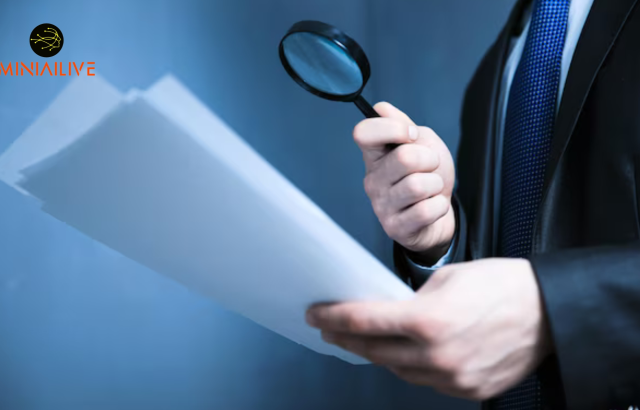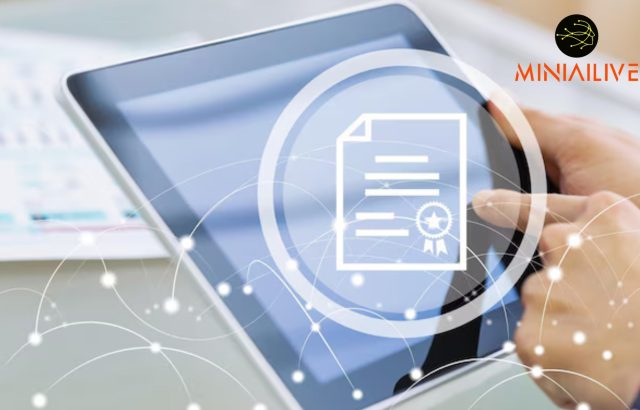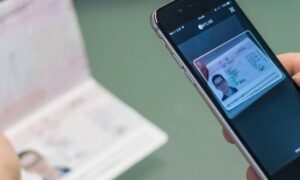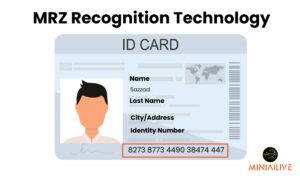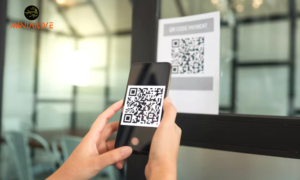In today’s digital-age, identity verification is crucial for securing online activities and transactions. As more services move online, authenticating users remotely requires innovative techniques beyond static passwords or photos that can be easily faked. One emerging solution gaining traction, especially for companies like MiniAiLive, is face liveness detection, which uses advanced computer vision algorithms to determine if a live human is present rather than photo or video spoofing.
What is Facial Liveness Detection?
Facial liveness detection goes beyond simple facial recognition. This sophisticated technology determines whether the person in front of the camera is a living, breathing individual and not a static image, video, or even a hyper-realistic mask. It achieves this by analyzing subtle cues like:
- Micro-expressions: Tiny, involuntary facial movements.
- Eye blinking: Natural blinking patterns are difficult to fake.
- 3D depth perception: Detecting flatness that images or masks exhibit.
- Responses to prompts: Asking the user to smile, turn their head, or follow on-screen instructions.
Benefits of using Face Liveness Detection in KYC process
| Benefit Category | Description |
| Fraud Prevention | Mitigates the risk of identity theft and impersonation attempts. |
| Effectively combats sophisticated spoofing attacks using realistic masks, deep-fakes, or manipulated videos. | |
| Security | Ensures the real presence of a living individual during the KYC process. |
| Adds a robust layer of authentication to protect sensitive customer data and transactions. | |
| User Experience | Enables convenient remote onboarding and reduces customer friction. |
| Offers a quick and intuitive verification process. | |
| Regulatory Compliance | Facilitates compliance with KYC and AML regulations globally. |
| Contributes to secure handling of personal data in alignment with privacy laws. | |
| Cost-effectiveness | Reduces operational costs associated with manual verification and fraud losses. |
| Scalability | Supports streamlined onboarding with the ability to handle a growing customer base. |
Integration of Face Liveness Detection in KYC
| Integration Step | Description |
| Solution Selection | Choose a reputable face liveness detection provider that prioritizes accuracy, user experience, and security. |
| API Integration | Integrate your KYC platform with the provider’s API. This connects your system to their liveness detection technology. |
| Customer Onboarding | Initiate the KYC process for new users through your app or website. |
| ID Document Capture | User uploads or scans a government-issued ID (passport, driver’s license, etc.). |
| ID Validation | Verify the authenticity of the uploaded ID document using AI-powered checks. |
| Liveness Capture | Prompt the user to capture a short selfie video for liveness analysis. |
| Facial Analysis | The liveness detection system analyzes the video for micro-expressions, eye movements, and other signs of a real person. |
| Spoofing Detection | Advanced algorithms rigorously check for attempts to spoof the system with photos, videos, or masks. |
| Verification Decision | The system provides a real-time decision – ‘pass’ for a verified living person, ‘fail’ if a spoof attempt is detected or results are inconclusive. |
| Compliance Match | Cross-check verified identity details against KYC databases and sanctions lists. |
| Secure Storage | Store collected data (ID images, liveness results) securely adhering to data protection regulations. |
| Ongoing Monitoring | Periodically re-verify customers as needed, especially for high-risk transactions, to maintain a robust security posture. |
Challenges and Considerations of Integrating Face Liveness Detection in KYC
| Challenge/Consideration | Description |
| Accuracy | False positives (mistaking a real person for a spoof) or false negatives (failing to detect a spoof) can impact security and user experience. |
| User Experience | Poorly designed liveness checks that are difficult or frustrating for users can lead to drop-offs and onboarding friction. |
| Lighting Conditions | Extreme lighting (too bright, too dim) can interfere with the detection of facial details and reduce accuracy. |
| Device Compatibility | The solution should work reliably across different devices, cameras, and operating systems. |
| Accessibility | Ensure the solution is accessible to individuals with disabilities or visual impairments. Consider alternatives as needed. |
| Bias | Some liveness detection algorithms may exhibit bias based on factors like skin tone or facial features. Mitigation strategies are essential. |
| Computational Costs | Real-time video analysis can be computationally demanding. Ensure scalable infrastructure. |
| Network Connectivity | Reliance on internet connectivity can be a limitation in areas with poor network coverage. |
| Data Security | Implement robust data encryption and storage protocols to protect sensitive biometric information. |
| Privacy Concerns | Users may have concerns about the collection and use of their facial data. Transparent privacy policies and consent is key. |
| Evolving Spoofing Methods | Stay ahead of sophisticated spoofing techniques through continuous testing and updating of your detection system. |
| Regulatory Landscape | Different regions have varying data privacy and security regulations governing the use of biometric technology. Ensure compliance. |
How MiniAiLive Face Liveness Detection is superior in KYC process?
| Feature | Description | KYC Benefits |
| High Accuracy | Cutting-edge AI algorithms accurately distinguish between real users and spoof attempts. | Enhances fraud prevention and overall security. |
| Advanced Spoof Resistance | Detects various spoofing techniques including photos, videos, 3D masks, and deep-fakes. | Significantly strengthens resistance against identity theft attempts. |
| User-Centric Design | Intuitive and simple process, minimizing actions required from the user. | Streamlines onboarding, reduces friction, and improves customer experience. |
| Passive Liveness Options | Subtle, background analysis capabilities for an even smoother user flow. | Boosts convenience without compromising security. |
| Cross-Platform Compatibility | Works effectively across different operating systems and devices. | Ensures accessibility and seamless onboarding for a wide user base. |
| Customizable Risk Settings | Adjustable sensitivity and thresholds allow tailoring to specific security needs. | Enables businesses to align detection strictness with their risk tolerance. |
Face liveness detection is a vital security measure, preventing fraudulent use of facial recognition systems. The future holds exciting advancements:
- Improved 3D Analysis: 3D modeling and depth perception will become more sophisticated, making it nearly impossible to deceive systems with flat images or videos.
- Behavioral Analysis: Subtle facial micro-expressions, eye movements, and even involuntary skin changes will be analyzed by AI to distinguish real faces from fakes.
- Cross-Spectrum Sensing: Infrared, thermal, and other non-visible spectrums will be used to detect living tissue, making spoofing with masks or detailed photos far more difficult.
- Multimodal Systems: Combining face liveness with other biometrics (voice, fingerprint) will create robust, multi-layered security that is exponentially harder to bypass.
Conclusion
With identity fraud on the rise and customers demanding fast digital onboarding, face liveness detection emerges as a promising solution to secure Know Your Customer verification remotely. Avoiding reliance on static documents vulnerable to manipulation, advanced liveness algorithms using live facial cues can verify identities with far greater assurance than traditional methods, especially important for opening online financial accounts. When implemented properly protecting user privacy, this biometric approach streamlines KYC workstreams while still satisfying regulations.
Frequently Asked Questions
How does face liveness detection improve KYC processes?
Face liveness detection adds a robust layer of security by ensuring the person behind the KYC process is a real, living individual and not a photo, video, or mask. This significantly reduces the risk of fraud and identity theft.
What’s the difference between face liveness and facial recognition?
Facial recognition identifies a person by matching their image against a database. Face liveness determines if the person is physically present and not a spoofing attempt.
Is face liveness detection accurate?
Modern face liveness solutions from MiniAiLive are highly accurate, using advanced algorithms to detect subtle cues that differentiate a real person from spoof attempts.
Can face liveness detection be fooled by deep-fakes?
Sophisticated face liveness systems incorporate measures to detect deep-fakes and other advanced spoofing techniques.
How does face liveness detection impact the user experience?
Well-designed solutions such as MiniAiLive make the liveness check quick and intuitive. Users might need to perform simple actions like smiling or turning their head, or the process may happen passively in the background.
Is face liveness detection compliant with privacy regulations?
Reputable providers prioritize data security and adhere to privacy regulations like GDPR. Ensure the solution you choose has strong data protection practices.



